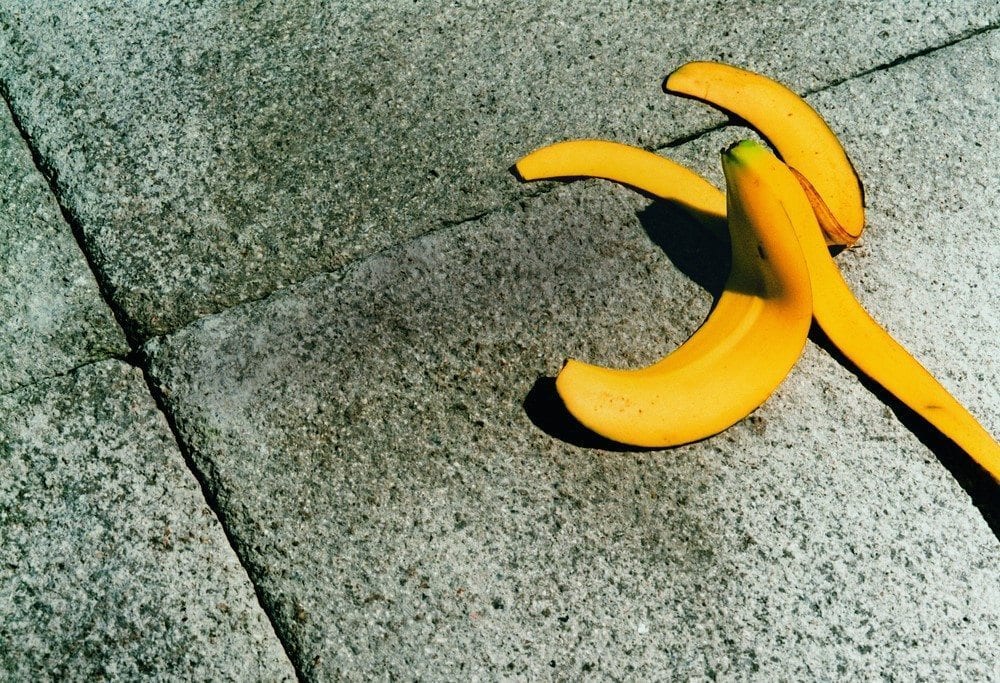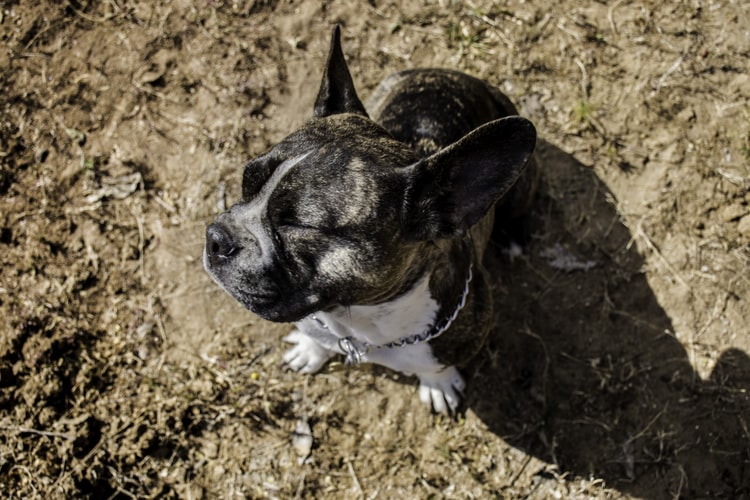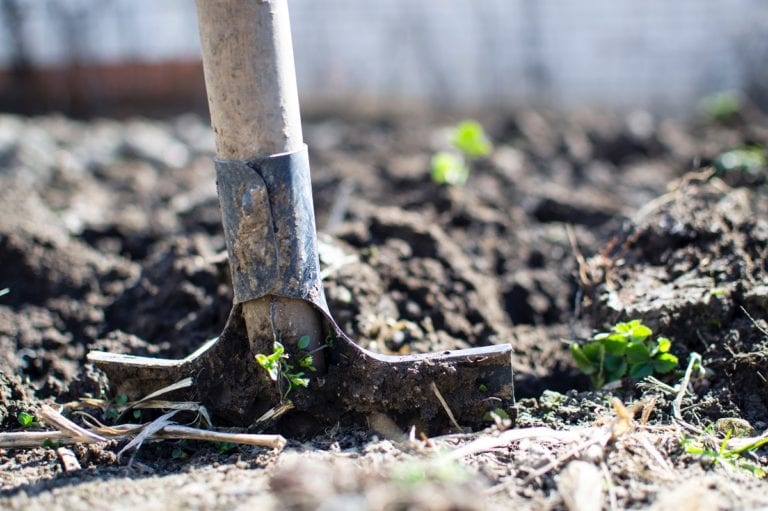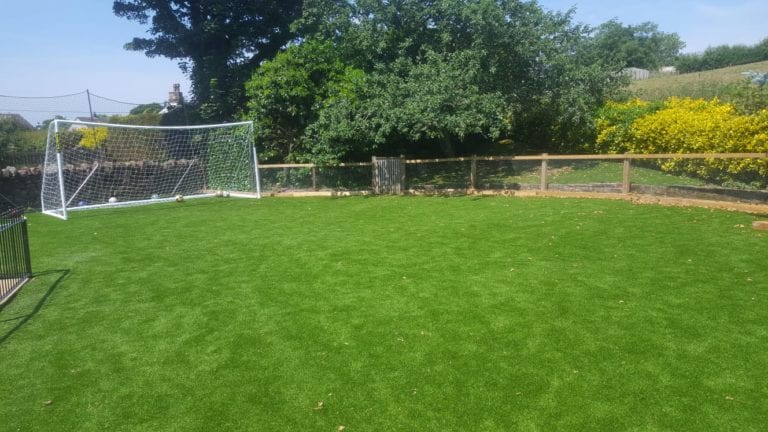We’ve got a lot of experience laying lawns, and know our way around a roll of grass. Before you roll your sleeves up and get started, we’ve put together the main mistakes when installing fake grass that you should avoid.
Uneven surfaces
- Ground should be properly excavated to remove any existing flowers, bushes, or trees that are in the area. If you’re getting rid of something big, make sure you get rid of it all the way to the root. Weed membranes are tough but, as the name suggests, they’re designed for weeds not saplings! In most cases it’s probably easier to fit around anything large like a tree.
- Then again, try not to get carried away with making it flat. The grass should be smooth but it should also look natural. Try and keep some of the original contouring so that the area doesn’t look over done – one of the quickest ways to tell its fake is if it looks too flat.
Choosing a sub-base
- It’s hard to overestimate the importance of the sub-base in a lawn installation. If you want water to drain through the grass properly then it isn’t a step you can skip or cut corners, we do a layer of type 1 limestone and grano dust to make a reliable draining base. Make sure you buy the right type of aggregate and grano dust or sharp sand if you are using it as an alternative, as there are different types available (sharp sand is not the same as plastering sand for example)
- It’s also important to consider whether you need shock pad. It is designed to meet the critical fall height for children playing on equipment in schools. It’s easy to put in, but can retain odours if you have pets. Is it necessary for the area you’re laying?
Pile facing
- Always check which way the grass pile is facing when you come to lay it, consider it up close and at a distance. When joining pieces together, make sure the pile is facing the same way. One of the biggest mistakes to make is have two pieces facing opposite ways, it’s very noticeable and can be a lot of effort to rectify.
Securing the grass
- Adhesive should be used with seaming tape to join pieces together, not as a way of fixing the grass to the ground! Glue can be used if there is a cement haunch edging, otherwise you use nails to pin down the grass to timber edging.
Throwing Away Leftovers
- Your DIY fake garden may be the bee’s knee’s, but in a couple of years there may be some damage and will need replacing. If you haven’t saved any leftovers to replace the damaged patch, it could be hard to find that exact match further down the line. We recommend keeping hold of your leftover grass for this very reason and store it in a dry place for optimum protection.
If you’d like to familiarise yourself with installing artificial grass than you can take a look at our installation method. We also offer training courses to landscapers, you can find out more by ringing 0800 2100461



